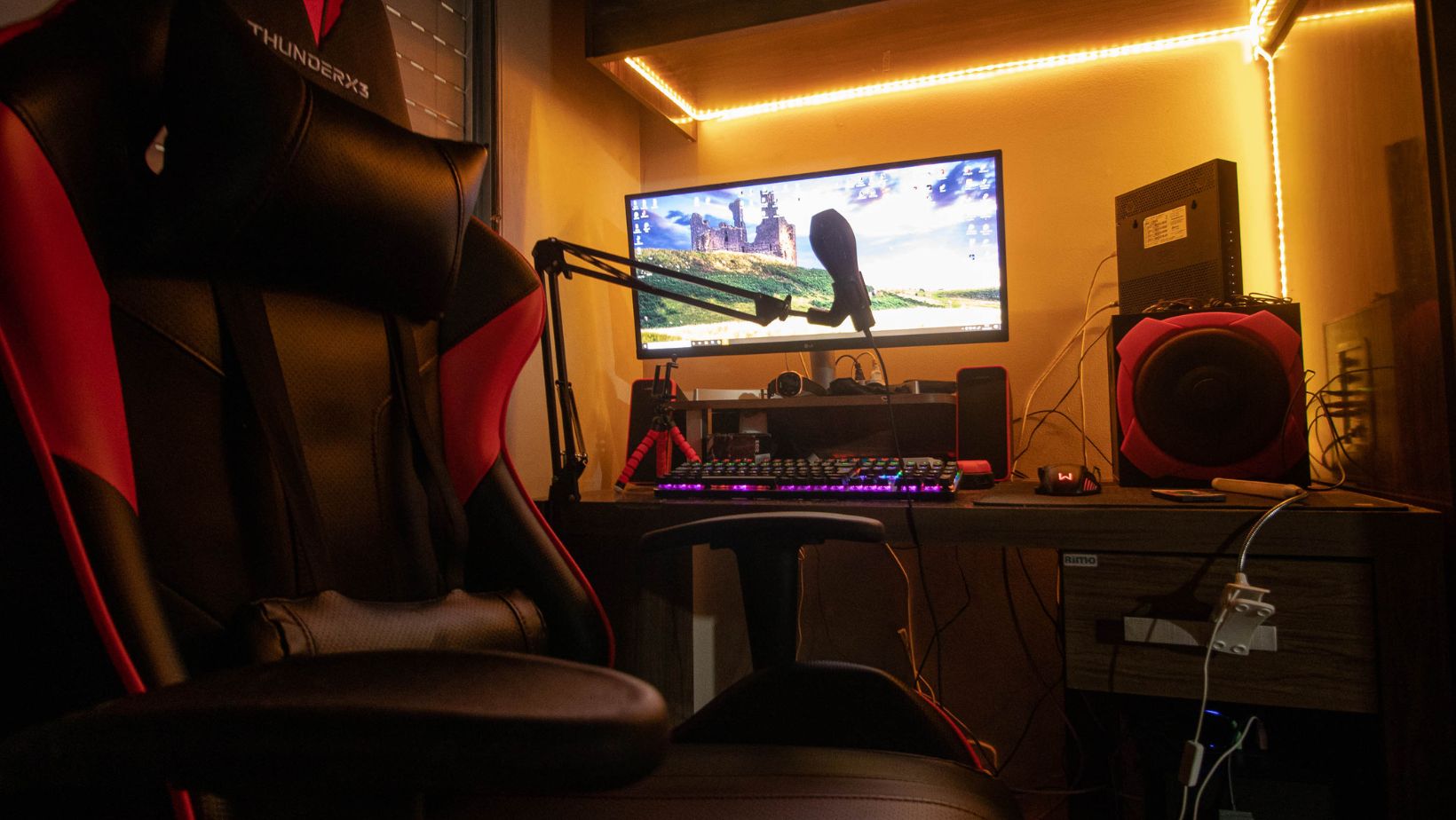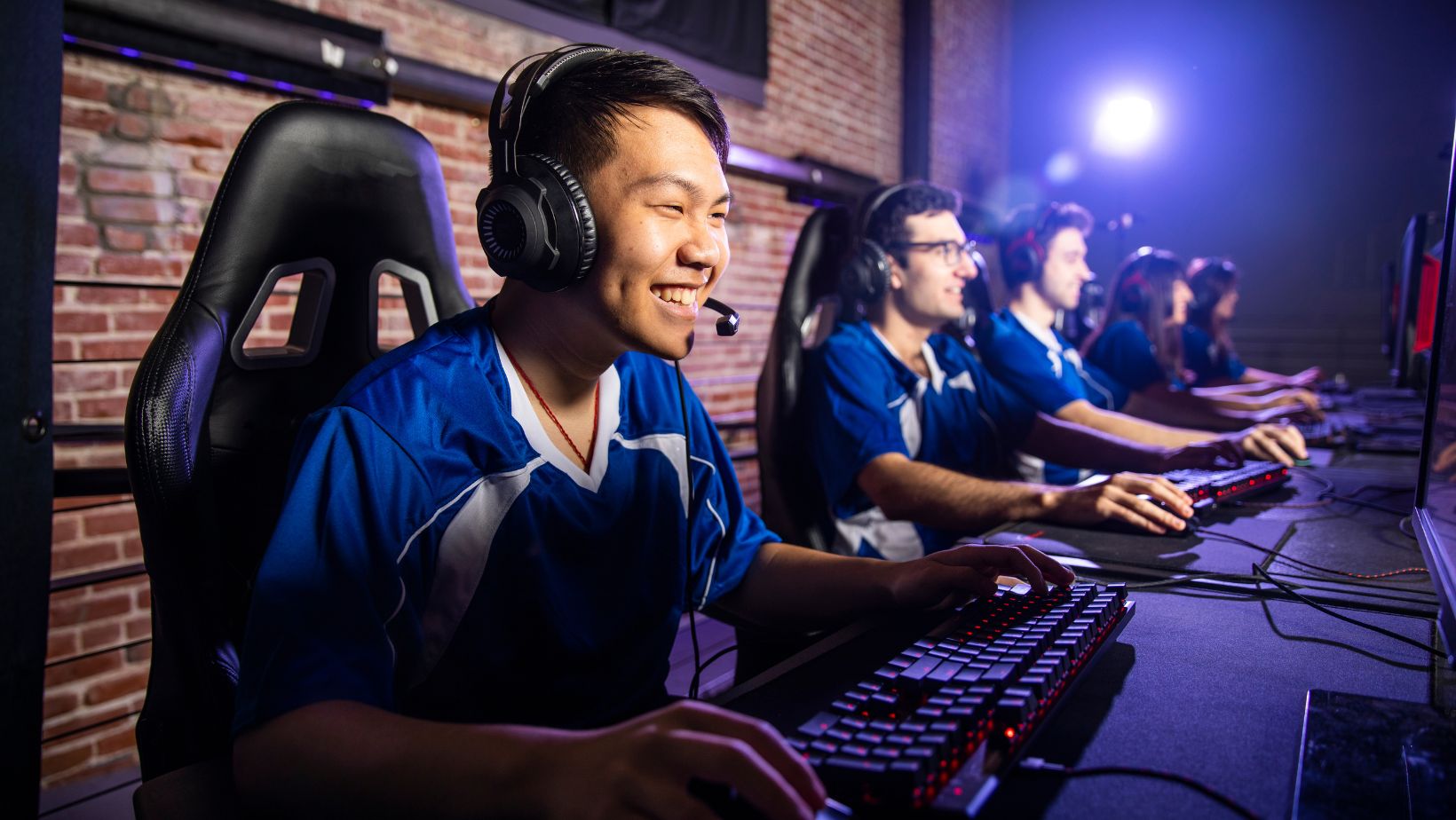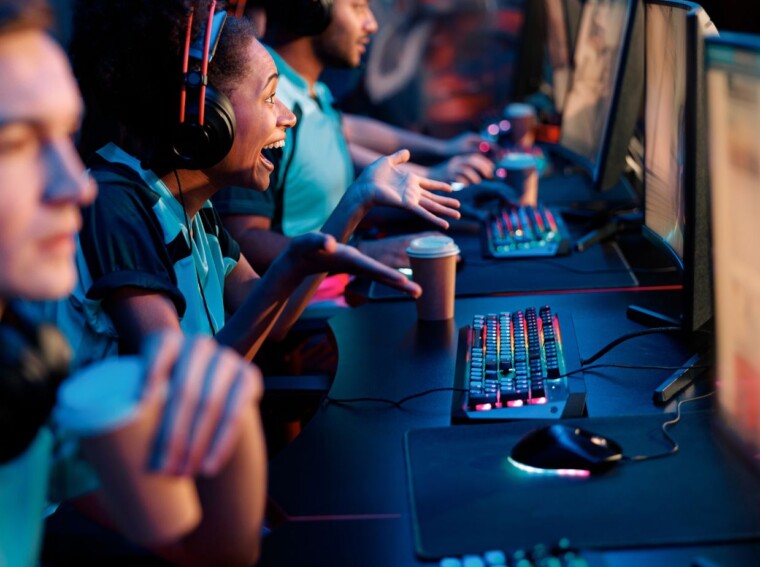The undertaking of game development is an exhilarating one, which goes way beyond just writing code and creating visual designs as it is also an expression of passion that is driven by unrelenting creativity and devotion. Today, we have the unique opportunity to speak with Alexander Khodorkovsky, a game developer expert and leader who has been able to shape his ideas into enthralling stories. No matter whether you are just starting or have already gotten your hands dirty in the complex world of game development, this conversation is packed with information, motivation, and tips that will help you get started on your journey.
Where Should Every Aspiring Indie Developer Start?
For any game, the most important starting point is your core gameplay fun — the experience that makes players want to play your game. Before jumping into development, take a moment to define what makes your idea special:
- What makes your genre exciting?
- How does my game stand out?
- What is unique core gameplay fun for other games within a genre?
Starting small doesn’t mean thinking small. Your MVP (Minimum Viable Product) is your proof of concept, the first building block of something much bigger. It doesn’t have to be perfect—it has to bring gameplay fun.
A common misconception is that a great game will “sell itself.” In reality, even the best games need visibility, and building an audience early can make all the difference.
And remember, starting small isn’t a limitation. It’s a strategy. Even the most ambitious ideas can be built from a strong proof of concept. It doesn’t need to be polished—it needs to show that the players are having fun and engagement is there.
How Do You Discover The Heart Of Your Game—What Makes Players Love It?
How do you uncover the essence of your game—the element that keeps players hooked?
Think about your favorite game. What are the one or two core mechanics that, if taken away, would strip it of its magic—mechanics so fundamental that playing without them wouldn’t feel the same? These are the backbone of the experience, the driving force behind player engagement.

Defining your game’s core fun means stepping into the players’ shoes. What excites them? How do they react? Do they grasp the concept instantly? Do they crave more? Understanding these answers will help shape a truly compelling experience.
You’re on the right track if people can describe your game’s appeal in one sentence. If not, refine, iterate, and simplify until you get there.
When we sit down to create at Argentics, we don’t just consider mechanics or visuals—we also consider the person holding the controller or tapping the screen.
I’ve seen how a beautifully designed world can transport someone, how a well-crafted challenge can spark determination, or how a single moment in a game can linger in someone’s mind for years. That’s what drives us. It’s not just about making something playable—it’s about creating a journey that players want to lose themselves in, something that feels meaningful even after the screen fades to black.
When Should You Start Prototyping?
The best time is now. The moment you have an idea that excites you, start experimenting. The prototype doesn’t need stunning visuals or intricate animations. It just needs to work enough to answer one question: Is this fun?
Your prototype doesn’t need polished graphics or perfect animations. It just needs to show whether your idea is engaging. The key questions to ask yourself:
- Is this fun?
- Do other players understand the mechanics quickly?
- Does it make them want to keep playing?
Many of today’s most beloved indie games started as simple prototypes. Celeste was originally a small Pico-8 project.
Baba Is You emerged from a game jam. Starting small doesn’t limit you—it sets the foundation for something incredible.
How Do You Fund Your Indie Game Dream?
Funding isn’t just about money—it’s about finding the right support for your vision. Here are some of the most common ways indie developers secure funding:
- Angel investors – Individuals who believe in your idea and invest in its early development.
- Venture capital – If you’re building something scalable, VC funding could be an option.
- Crowdfunding – Platforms like Kickstarter can help bring your community into the process.
- Grants – Free funding from industry programs like Epic MegaGrants.
- Publishers – They can provide financial support but often take a share of revenue.
Crowdfunding platforms like Kickstarter aren’t just about raising money—they’re about building a community. When people back your game, they become emotionally invested in your success. Grants, like Epic MegaGrants, are another fantastic resource for developers with a strong pitch but limited resources.

If you’re seeking funding, having a clear pitch is crucial. Investors or potential partners want to see the following.
- What makes your game unique?
- Who is your target audience?
- How will your game generate revenue?
- Where will the money go?
The more prepared you are, the better your chances of securing the resources you need. The right partnership can provide both financial support and marketing expertise. That said, it’s crucial to maintain creative control. Know your non-negotiables before entering any agreement.
What’s The Ideal Indie Game Team?
You don’t need a massive studio to create something incredible. Just one or two people built some of the best indie games. At the beginning, the core team usually includes:
- A game designer – The visionary who shapes the concept and mechanics.
- A programmer is the one who brings it all to life through code.
Learning these basics gives you a head start if you’re working alone. But as your project grows, having an artist define your visual identity or a sound designer create immersive audio can make a world of difference.
As your project grows, you may need:
- An artist to define your game’s visual identity.
- An animator to craft immersive audio.
- A producer to manage deadlines and keep development on track.
A lot depends on the genre—there’s no universal rule for all games. However, not every game requires a large team. Many indie developers start by working with part-time teams, freelancers, and outsourcing studios rather than hiring a full team. Platforms like Upwork, Reddit, and ArtStation are great places to find talented collaborators.
Can Small Teams Really Compete Wit Big Studios?
Absolutely. The indie scene thrives because it offers something big studios often can’t: originality and personal touch. Players are drawn to games that feel authentic, crafted with care rather than churned out on an assembly line. Small teams or even solo developers made many successful indie games:
- Undertale – Created by Toby Fox, a one-person development powerhouse.
- Hollow Knight – Developed by just three people at Team Cherry.
- Stardew Valley – Built from the ground up by one person, Eric Barone, sold over 20 million copies.
- Slay the Spire – Two developers changed the landscape of deck-building games.
- Papers, Please – A one-person project that became a storytelling masterpiece.
What do all these games have in common? A clear vision, strong execution, and a deep connection with players.
Final Words – How Do You Make Your Dream Game A Reality?
The secret is not to wait – just start it now. Indie game development is a journey of persistence, passion, and growth. You’ll encounter challenges, from debugging frustrating mechanics to promoting your game to a skeptical audience. But every obstacle is a chance to learn.
You don’t need to know everything on day one. You don’t need the perfect plan. You just need momentum.
There will be setbacks. There will be mistakes. But each one brings you closer to success. The only real failure is never trying.
Take that first step today. Experiment, create, refine. Your game—your vision—is waiting to come to life.
